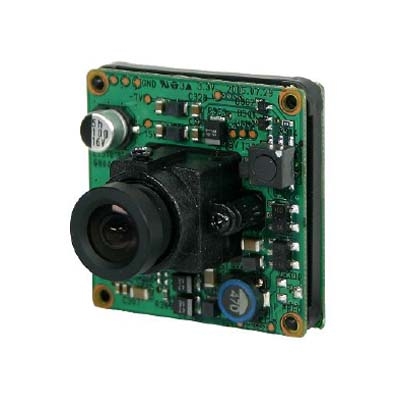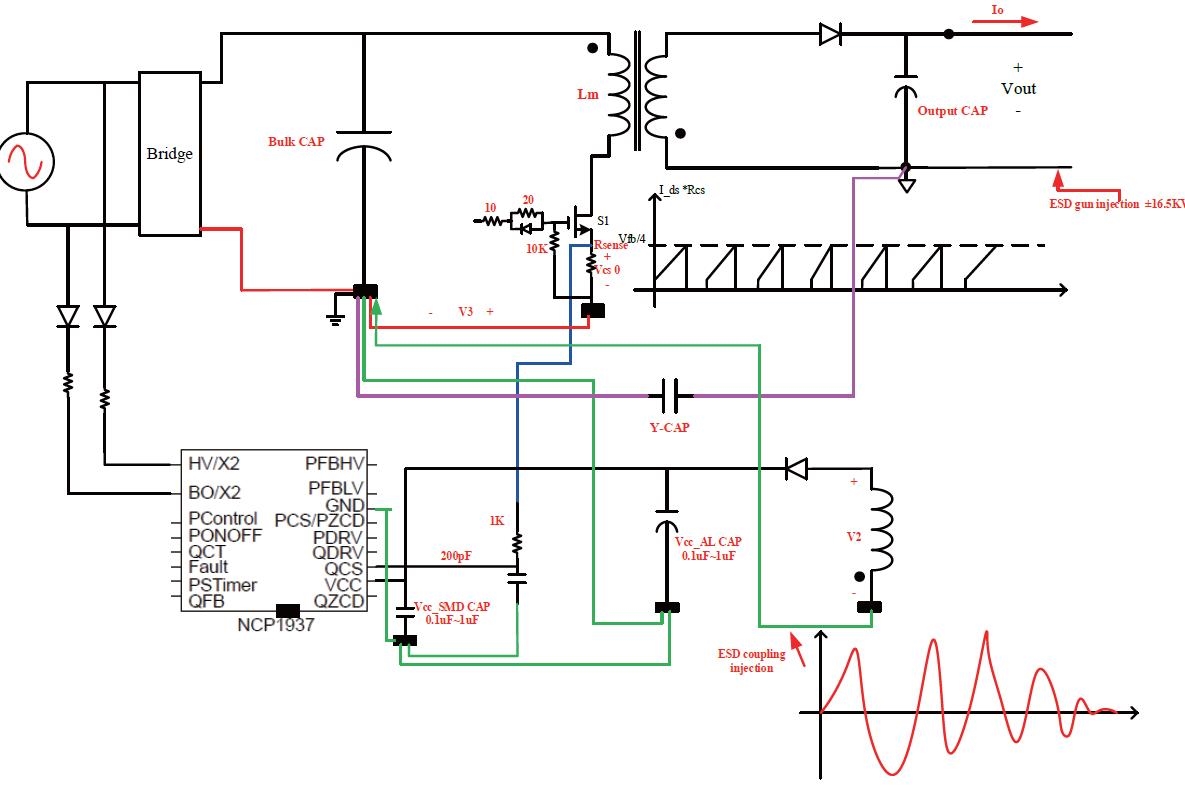Are you looking to create custom circuits for home appliance projects using an online PCB design tool? Whether you're a hobbyist or a beginner, designing printed circuit boards (PCBs) for appliances like smart thermostats, coffee makers, or lighting systems has never been easier. With free PCB software and user-friendly platforms, you can achieve easy PCB design without needing expensive tools or advanced skills. In this guide, we'll explore how to use online tools for beginner PCB design and online circuit design, helping you bring your ideas to life.
This blog will walk you through the benefits of online tools, step-by-step design processes, tips for home appliance projects, and recommendations for accessible software. Let’s dive into the world of PCB design and see how these tools can simplify your projects.
Why Choose Online PCB Design Tools for Home Appliance Projects?
Online PCB design tools have revolutionized how hobbyists and beginners approach electronics projects. Unlike traditional desktop software that often requires powerful hardware and steep learning curves, online platforms are accessible from any device with an internet connection. Here’s why they’re ideal for home appliance projects:
- Cost-Effective: Many online tools offer free PCB software versions, making them perfect for budget-conscious individuals.
- User-Friendly: Designed with beginners in mind, these tools prioritize easy PCB design with intuitive interfaces and drag-and-drop features.
- Accessibility: Work on your online circuit design from anywhere—home, school, or on the go—without installing complex software.
- Community Support: Many platforms provide access to tutorials, forums, and libraries of pre-designed components, which are invaluable for beginner PCB design.
For home appliance projects, where circuits often need to handle specific voltages (like 12V for small motors or 5V for microcontrollers), online tools let you simulate and test designs before manufacturing. This reduces errors and saves time.
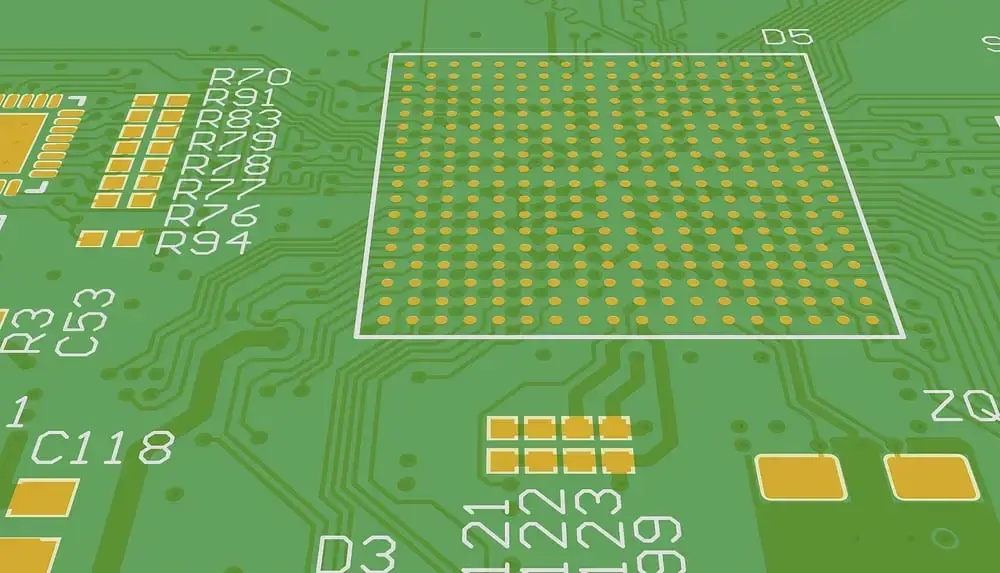
Key Features to Look for in an Online PCB Design Tool
Not all online tools are created equal. When selecting a platform for your home appliance projects, focus on features that support easy PCB design and cater to beginners. Here are the must-have features:
- Schematic Editor: A clear editor for drawing circuit diagrams, essential for planning your online circuit design.
- Component Library: Access to a wide range of components like resistors, capacitors, and microcontrollers (e.g., those handling 3.3V logic levels) to avoid manual input.
- Simulation Capabilities: Test how your circuit behaves under different conditions, such as a 120V AC input for appliance power supplies.
- PCB Layout Editor: Convert your schematic into a physical board layout with automated routing for beginner PCB design.
- Export Options: Ensure the tool allows exporting designs in standard formats like Gerber files for manufacturing.
Choosing a tool with these features ensures you can handle the unique requirements of home appliances, such as integrating sensors for temperature control or relays for switching high-power loads.
Step-by-Step Guide to Designing a PCB for Home Appliances
Let’s break down the process of using an online PCB design tool to create a circuit for a home appliance, such as a simple timer for a fan. This guide is tailored for beginner PCB design and focuses on easy PCB design principles.
Step 1: Define Your Project Requirements
Start by outlining what your appliance needs. For a fan timer, you might need a microcontroller to set time intervals, a relay to switch the fan on/off, and a power supply handling 12V DC. List the components and their specifications, like a relay rated for 10A at 250V AC, to ensure compatibility.
Step 2: Create a Schematic with Online Circuit Design
Using your chosen online circuit design tool, draw the schematic. Place components from the library, such as a 5V microcontroller and a 12V relay. Connect them with virtual wires, ensuring proper grounding and voltage levels. Double-check connections to avoid short circuits, especially for power lines handling higher currents like 1A.
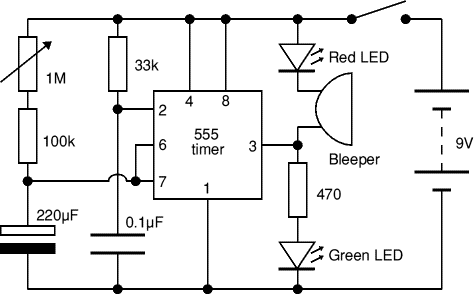
Step 3: Simulate the Circuit
Many free PCB software tools offer simulation features. Test your design to see if the microcontroller outputs the correct signal (e.g., a 5V pulse) to trigger the relay. Adjust resistor values (like using a 1kΩ resistor for current limiting) if the simulation shows issues like overcurrent.
Step 4: Design the PCB Layout
Switch to the PCB layout editor in your online PCB design tool. Arrange components to minimize trace lengths, especially for high-frequency signals in appliances with wireless modules (e.g., Wi-Fi signals at 2.4 GHz). Use wider traces (e.g., 1mm) for power lines carrying currents above 500mA to prevent overheating.
Step 5: Finalize and Export
Run a design rule check (DRC) to catch errors like overlapping traces or insufficient clearances (maintain at least 0.2mm spacing for 12V lines). Once verified, export your design as Gerber files, which are industry-standard for PCB fabrication.
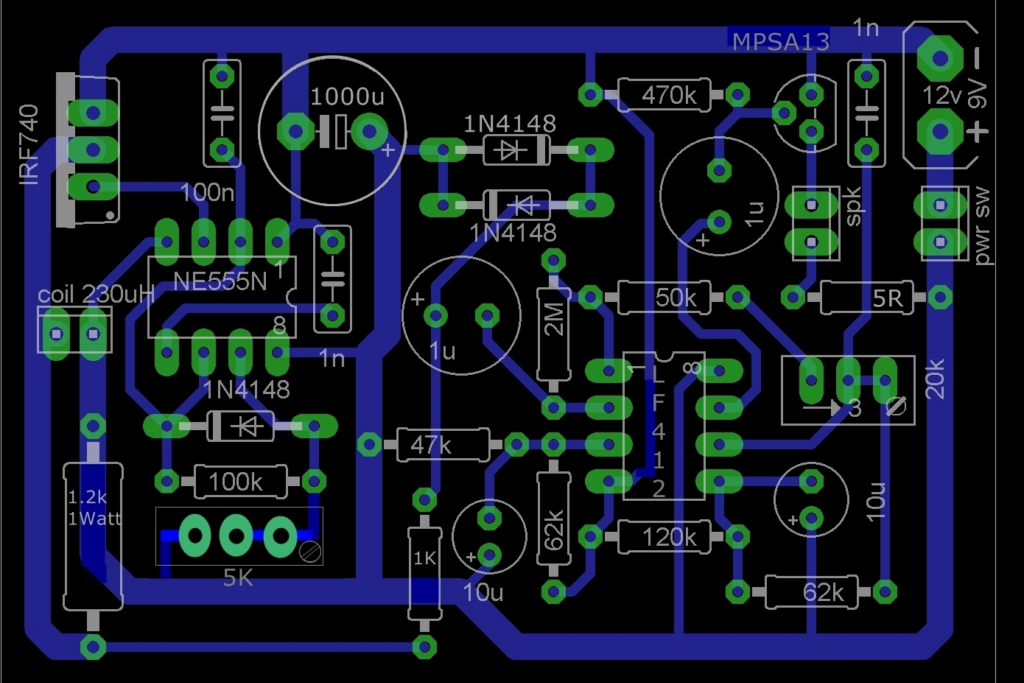
Tips for Successful PCB Design in Home Appliance Projects
Home appliances often involve unique challenges like handling high power, ensuring safety, and fitting designs into compact spaces. Here are practical tips tailored for beginner PCB design using online tools:
- Prioritize Safety: For appliances connected to mains power (e.g., 120V AC), use isolation techniques like optocouplers to separate high-voltage and low-voltage sections. Maintain creepage distances of at least 3mm for safety standards.
- Manage Heat Dissipation: Components like voltage regulators can generate heat (e.g., dissipating 2W at 1A). Place them away from sensitive parts and add thermal vias or heat sinks in your layout.
- Optimize for Size: Home appliances often require compact designs. Use surface-mount components (SMD) with smaller footprints (e.g., 0805 resistors) to save space on your PCB.
- Test Incrementally: Simulate small sections of your circuit in your online circuit design tool before integrating everything. For instance, test a 5V power supply circuit separately to ensure stability.
By following these tips, even beginners can create reliable and efficient designs for appliances like smart switches or automated lighting systems.
Benefits of Free PCB Software for Hobbyists and Beginners
One of the biggest advantages of using free PCB software is the low barrier to entry. These tools are often packed with features that rival paid versions, making them ideal for hobbyists working on home appliance projects. Here’s why they stand out:
- No Upfront Costs: Experiment with multiple designs without worrying about software expenses.
- Learning Resources: Many free tools come with tutorials and community support, perfect for beginner PCB design.
- Scalability: Start with simple projects like a 5V LED controller and move to complex designs like a 24V motor driver as your skills grow.
For example, designing a PCB for a small kitchen appliance like a blender controller becomes accessible when you don’t need to invest in costly software upfront. You can iterate on designs, test different configurations (like switching between 12V and 24V motors), and learn through trial and error.
Common Challenges and How to Overcome Them
While online tools make easy PCB design possible, beginners often face hurdles. Here’s how to tackle common issues in home appliance projects:
- Component Selection: Choosing the wrong parts, like a capacitor not rated for 25V when your circuit runs at 24V, can lead to failures. Use the component library filters in your tool to match voltage and current ratings.
- Signal Integrity: High-speed signals in smart appliances (e.g., 16 MHz clock signals for microcontrollers) can suffer from interference. Keep traces short (under 10mm if possible) and avoid crossing power lines.
- Manufacturing Errors: Incorrect Gerber file settings can result in unusable boards. Always preview your exported files in a viewer to ensure traces and pads align as intended.
By anticipating these challenges and using the features of your online PCB design tool, you can minimize mistakes and create functional designs.
How Online Tools Support Collaboration for Home Projects
Many home appliance projects benefit from collaboration, especially if you’re working with friends or learning from a mentor. Online PCB design tools excel in this area by offering cloud-based storage and sharing options. You can:
- Share your online circuit design with others for feedback on critical elements, like ensuring a 12V power supply circuit is safe for a heating element.
- Access your project from multiple devices, allowing you to tweak a design (e.g., adjusting a trace width from 0.5mm to 1mm) whether you’re at home or a workshop.
- Tap into community libraries for pre-made designs, such as a 5V USB-powered controller for small appliances.
This collaborative aspect makes online tools a powerful choice for hobbyists who want to learn and improve their skills in beginner PCB design.
Conclusion: Start Your Home Appliance Project Today
Designing PCBs for home appliance projects doesn’t have to be intimidating. With the right online PCB design tool, even beginners can create functional and safe circuits for devices like smart thermostats, timers, or lighting controls. By leveraging free PCB software, focusing on easy PCB design features, and following a structured approach to online circuit design, you can turn your ideas into reality.
Start by exploring available tools that cater to beginner PCB design, define your project requirements, and follow the step-by-step process outlined in this guide. With practice, you’ll gain confidence in handling more complex designs and contribute to innovative home solutions. The world of electronics is at your fingertips—dive in and create something amazing with the power of online PCB design tools!
 ALLPCB
ALLPCB



